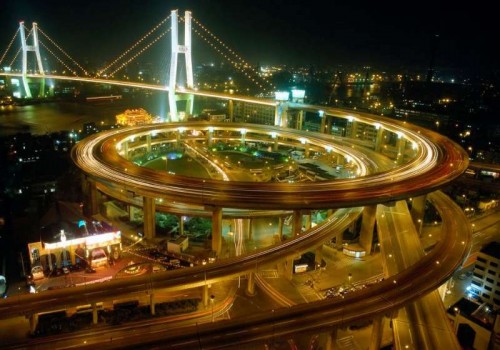 By Arul Louis
By Arul Louis
While the global economy is expected to grow marginally by 3.1 percent next year, India’s is likely to grow by 5.9 percent, recording the second highest increase among the world’s larger economies, according to a UN report.
For 2016, the report projects a growth of 6.3 percent for India’s gross domestic product (GDP) and of 3.3 percent for the world’s output.
Although the UN forecasts for India were lower than those from international financial institutions and investment banks, they were exceeded only by China among the larger economies. The UN expected China’s GDP to grow by 7 percent next year and 6.8 percent in 2016.
A factor behind the forecast of India’s performance, the report said, is that it is “likely to make progress in implementing economic policy reforms, thus providing support to business and consumer confidence”.
A preview of the report that is to be published next month, “World Economic Situation and Prospects 2015,” was given here Wednesday. Making the presentation, Pingfan Hong, the director of the Development Policy and Analysis Division, gave a tepid prognosis for the world economy overall.
“A majority of the economies, both developed and developing, will see their their growth in a trajectory which is measurably lower than what they achieved prior the world financial crisis,” he said. “A more moderate growth may have to become the new norm for many economies.”
East and South Asia region, powered by China and India, with a GDP growth forecast of 6 percent in each of the next two years stood out against the global picture.
Hong warned that while some economic indicators point “to the potential for a gradual return to a consistent economic growth, many risks and uncertainties could dash efforts to get the global economy on track and moving forward”.
Among the uncertainties were the conflicts in Ukraine and the Middle East, the Ebola epidemic, the Eurozon’s precarious recovery, the very volatile oil prices and the changes in United States monetary policies expected next year.
The higher forecasts by other institutions for India were quite close to each other in contrast to UN report’s lower growth projections.
The International Monetary Fund’s report in October expected India’s economy to grow next year by 6.4 percent, a half percent more than the UN’s 5.9 percent. The projection for 2015 by the World Bank and the Asian Development Bank made in separate mid-year reports was 6.3 percent.
Goldman Sachs, the international investment bank, this month also set a 6.3 percent target for 2015, but raised the 2016 growth rate to 6.8 percent against the UN’s 6.3 percent and World Bank’s 6.6 percent. CitiGroup’s forecast was reported to be 6.5 percent for 2015-16 and 7 percent in 2015-17.
India, the UN report said, was expected to benefit from a strong external demand, a moderate strengthening of domestic consumption and investment, and declining oil prices which will reduce inflation.
The risks it faces, according to the report, were the “continuing fragility of the global economy”, the large agriculture sector’s dependence on monsoons, any reversal in capital inflows and the impact of the expected interest rate hikes in the US.
The report forecasts that Russia will be the weakest performer among the larger economies next year with a GDP growth of just 0.2 percent.
Among the developed countries, the US is expected to be the strongest performer, with a 2.8 percent growth in 2015 and 3.1 percent the following year, while Japan’s forecast to be 1.2 percent and 1.1 percent during the same period and the European Union 1.7 percent and 2 percent.